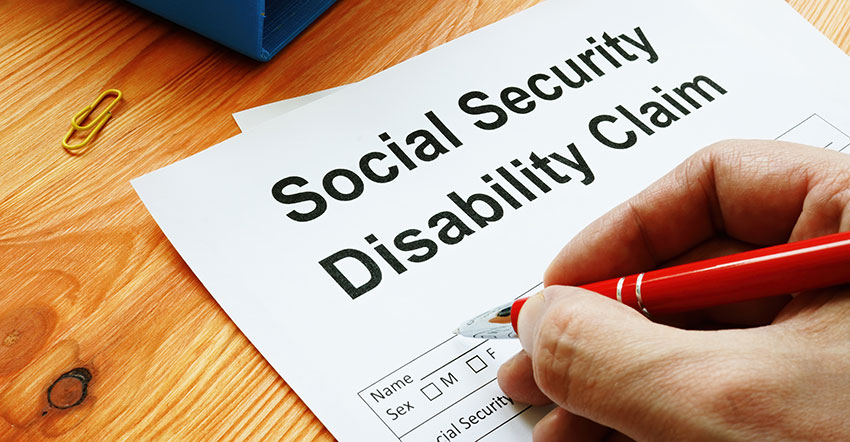Many people don’t know it but if you’re struggling with your utility bills, there are programs that can help! Housing expenses such as rent can be costly enough as it is. Then on top of it we are responsible for other monthly costs like heating and cooling. These bills can add up fast, especially during peak seasonal times. Outdated and broken equipment can also cause you problems and cost you money. That is where the Low Income Home Energy Assistance Program (LIHEAP) comes in. This federal program can make improvements to your home, as well as help with monthly energy costs. But how does it work?
Understanding LIHEAP
State agencies and local LIHEAP offices are responsible for operating this federal assistance option. The federal department that provides it is the United States Department of Health and Human Services (HHS). LIHEAP assists with energy-related costs for low-income households. There are various ways that the program helps recipients. This includes assistance with energy bill payments, heating/cooling costs, and more.
Who Can Get Assistance With LIHEAP?
The program considers a variety of factors when it comes to eligibility requirements. Keeping in mind that LIHEAP aims to help low-income households, naturally one of the eligibility factors is income level. In order to qualify, your household income must fall within the limits set by the program. These income limits are based on the size of your household. Contacting your local LIHEAP agency is the best way to be sure you’ve got the most accurate and current information.
Lastly, households already enrolled in another government program have an advantage with this program. This is because they might automatically qualify for LIHEAP! This rule applies to recipients of federal programs such as:
- Supplemental Security Income (SSI)
- Temporary Assistance for Needy Families (TANF)
- Supplemental Nutrition Assistance Program (SNAP)
The LIHEAP Application Process
We mentioned previously that state offices are responsible for this federal program. For this reason, the exact application process will depend on which state you are applying in. Another reason this is important is because you won’t be able to submit an application directly to the federal government. Applications for this program must be submitted to an LIHEAP agency within your state. If you would like to submit an application, you should contact your local or state LIHEAP office.
LIHEAP FAQs
We have covered quite a bit about LIHEAP but it is understandable if you have additional questions. Federal support programs can be confusing because of the variances between programs in each state. However, these frequently asked questions might be able to help clear things up.
How Does LIHEAP Help Lower Your Energy Costs For the Future?
LIHEAP helps reduce future costs by fixing any issues around the home that could be driving up your costs. One of the ways that the program does this is through weatherization. Basically they update or make repairs to faulty utility equipment around the home and more. What is repaired is meant to improve the energy efficiency of the home. Therefore, with these improvements, households can save money on their energy bills in the future!
Will LIHEAP Pay All of Your Utility Expenses?
The answer to this is typically no. LIHEAP tends to cover a portion of one utility bill. The bill that it typically applies to is the bill that covers the home’s main heating source. To give an example, let’s say your home’s main heating source was powered by electricity. In this scenario, it is likely that the program will cover some of the cost of your electricity bill. Therefore, a discount would not be applied to any of your other utility bills like gas, water, or sewer.
Other Assistance Opportunities
We mentioned previously that households already benefiting from other federal programs can automatically qualify for LIHEAP. These other federal programs include:
- Supplemental Security Income (SSI)
- Temporary Assistance for Needy Families (TANF)
- Supplemental Nutrition Assistance Program (SNAP)
Supplemental Security Income (SSI)
Social Security offers financial support to qualifying individuals. Recipients benefit from this program through cash assistance. They can use it towards necessary expenses like clothing, food, or housing. To qualify for SSI, recipients have to:
- Either get no income or be low-income
- Be blind, disabled, or a senior
Temporary Assistance for Needy Families (TANF)
TANF is designed to help low-income families become economically independent. There are various support services that they provide with this mission in mind. Examples include support like child care services, cash assistance, and helping parents find and keep work. This program is managed by state governments using grant funds from TANF. With that being said, each state operates the program a bit differently but with the same goal in mind.
Supplemental Nutrition Assistance Program (SNAP)
Through monthly assistance, SNAP can provide supplemental support on groceries. The funds that this program gives to recipients can be used at stores that accept them. However, they can only be used to buy certain food items, not just everything at the store! How recipients will spend these funds will be in the form of an Electronic Benefit Transfer (EBT) card. The exact amount that a household can get depends on their specific situation.
Bottom Line
You may find that your utility bills are hard to handle along with the other housing costs you deal with! There are federal programs like the Low Income Home Energy Assistance Program (LIHEAP) that can help with these costs. Not only can this program help cover a portion of your utility expenses, but it can also help improve your home’s energy efficiency through various ways.
Not everyone qualifies for LIHEAP. However, some households can qualify automatically if they are already participating in another government program. Other support programs can help by offering cash assistance, support services, or nutrition benefits. These federal programs include:
- Supplemental Security Income (SSI)
- Temporary Assistance for Needy Families (TANF)
- Supplemental Nutrition Assistance Program (SNAP)
If you’re interested in any of these programs, you’ll want to get in touch with the appropriate state agency. There are more options than you think that could help improve your situation!



